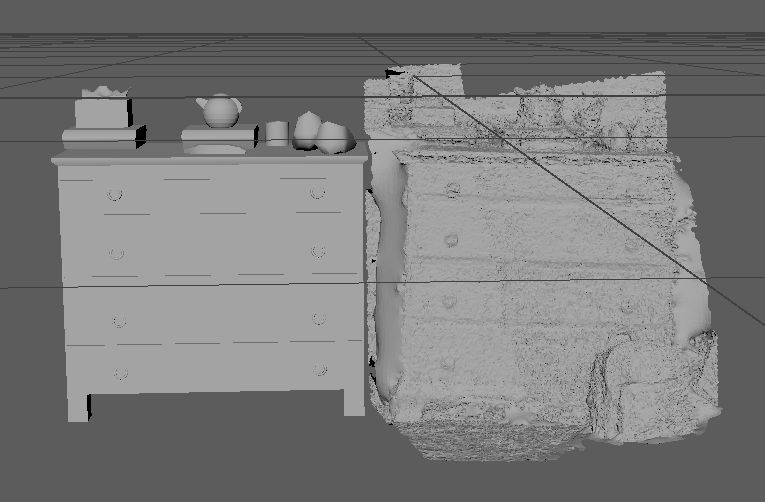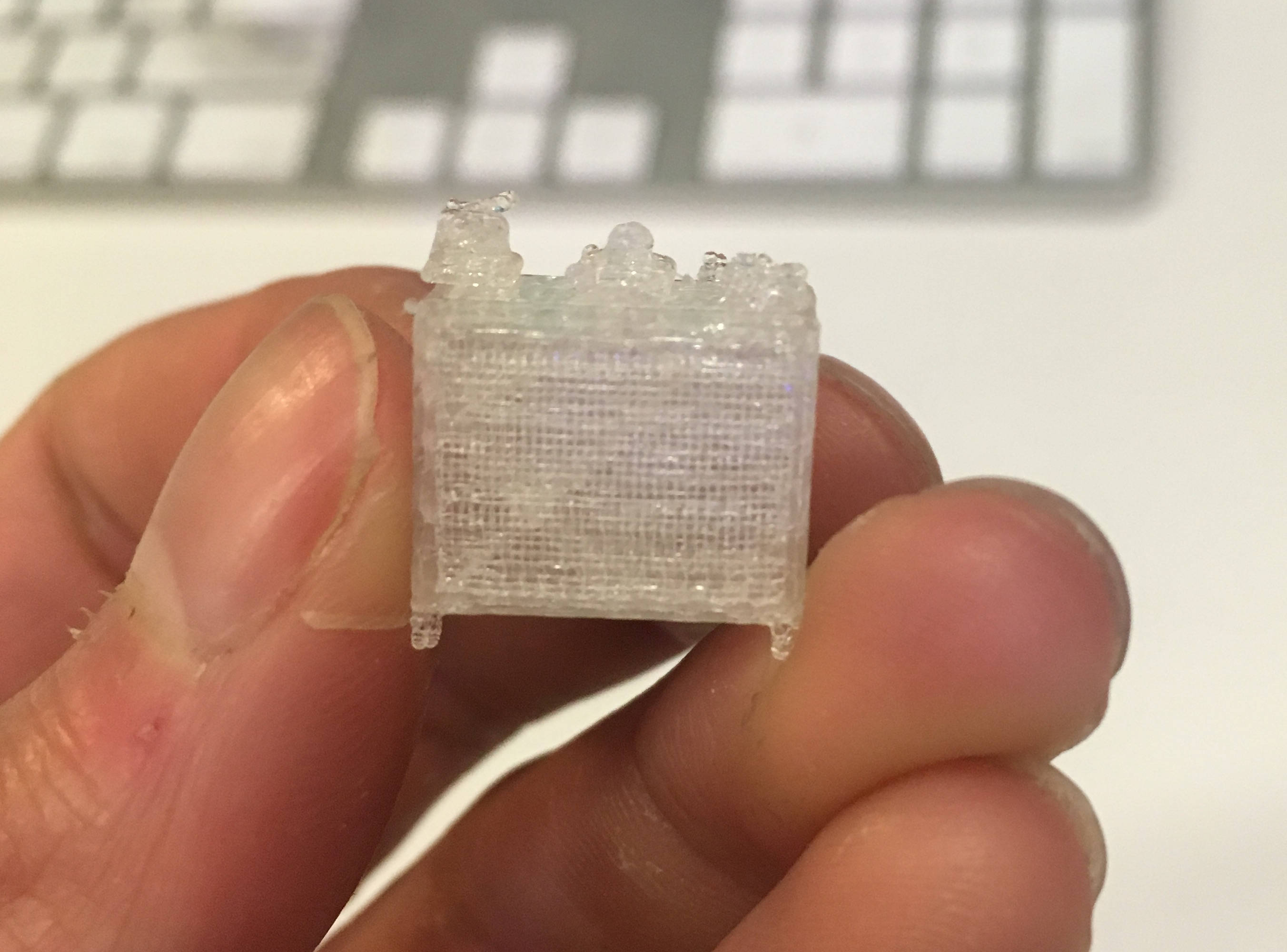The way that you select what place you would like to visit in the archive of places is by selecting one of a number of small acrylic boxes with a model of the place inside, and placing it on the pedestal.
The project is due in five days, and I have made exactly 0 of these boxes.
Nina Lutz, an extremely helpful labmate who survived a full undergraduate degree in course 4, who is therefore very good at making very slick-looking geometric objects out of acrylic at the very last minute, recommended makeabox.io , a tool for automatically generating fingerlace boxes. I assumend that the kerf for acrylic would be similar to the 0.2mm kerf we measured for cardboard, and that an 3.5" box would fit the pedestal I made in week6, and, voila, boxes.
box files hereTom told me that the best settings for the laser cutter for 1/8" acrylic are
I later discovered that the acrylic was actually 1/16", and that a speed of 1.4 with the power at 90 worked well.

a shiny new set of acrylic boxes, held together with bits of transfer tape for now
But what goes in the boxes? I'd like to make little 3D printed models of all of the rooms, but the geometry I'm getting from them is not at all 3D printable. Therefore, instead, I'm 3D modeling all of the basic components of each of the rooms in Maya.

the mesh scan of one of the dressers in my room, and a 3d modeled copy
Unfortunately, while the boxes are okay-ly sized, rooms tend to not be cube-shaped. This means that everything had to be scaled really small, and, well...

If I were to do this again in the future with so, so much more time on my hands, I might be able to retain this kind of detail if I print with a Form2? However, I think I'm running into the classic WIM problem encountered in the early years of VR-- whole rooms, but small, are very hard to interpret and interact with. It might make sense to instead do a portkey like situation, where an object from the space represents the space.